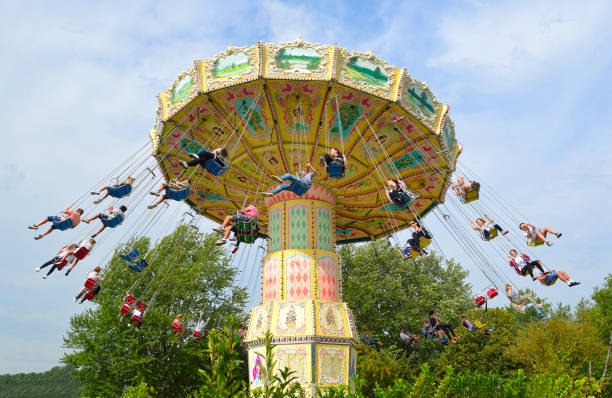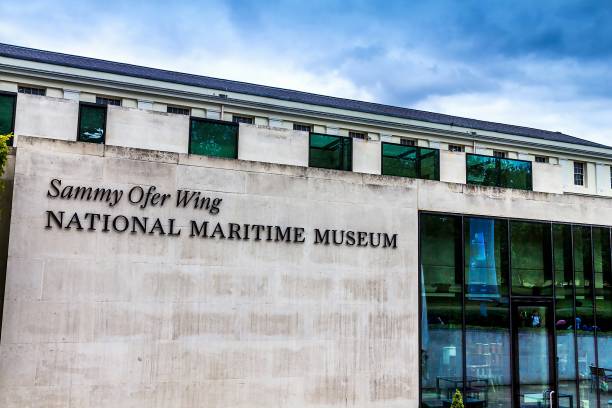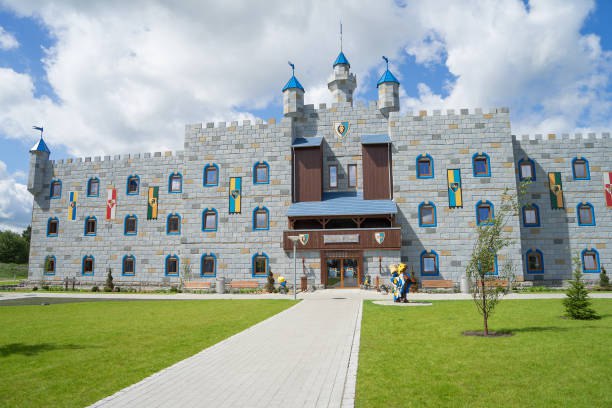Situated at the heart of Amman, Jordan, the King Abdullah I Mosque stands as a remarkable symbol of the country's deep history, culture, and faith. With its striking blue dome and intricate architectural details, it has become an iconic landmark, not just within Jordan, but across the Arab world. A visit to this mosque offers more than just an appreciation of Islamic architecture; it’s a profound exploration of the essence of Jordanian identity.
A Visionary Landmark
The King Abdullah I Mosque, completed in 1989, was built to honor the late King Abdullah I, who founded modern Jordan. Originally intended as a space for worship and community, the mosque has grown to represent much more through its architectural grandeur and symbolic meaning. It masterfully blends traditional Islamic design with modern elements, reflecting Jordan’s respect for its rich cultural heritage while embracing a progressive outlook.
The mosque's standout feature is its stunning blue dome, which symbolizes peace and serenity. Visible from many parts of Amman, the dome has become one of the city’s most recognizable landmarks. Its deep blue hue, adorned with Islamic calligraphy and intricate geometric patterns, serves as a visual testament to Jordan's Islamic heritage.
Architectural Wonders
More than just a place of prayer, the King Abdullah I Mosque is an architectural masterpiece. The design incorporates traditional arches, columns, and ornate mosaics, with influences from both Arab and international styles. Inside, the expansive prayer hall can accommodate thousands of worshippers, with elegant chandeliers and towering columns contributing to its peaceful atmosphere.
The mosque is also home to a tranquil courtyard, surrounded by beautiful gardens. This serene space provides visitors with an opportunity to sit and reflect. The sound of the call to prayer emanating from the mosque’s minaret adds to the spiritual ambiance, making the experience both humbling and awe-inspiring.
What to Expect During Your Visit
When visiting the King Abdullah I Mosque, it is essential to dress respectfully. Women are required to cover their heads and wear modest clothing, while men should refrain from wearing shorts. Guided tours are available and offer valuable insights into the mosque’s history, architectural significance, and cultural role within Jordanian society.
If you wish to explore more of Amman’s rich history, the mosque is conveniently located near other key attractions, such as the Roman Theater, Citadel, and the Jordan Museum. The blend of modern structures and ancient ruins in Amman creates a fascinating dynamic, making the city a truly unique destination.
How to Visit the King Abdullah I Mosque
Visiting the King Abdullah I Mosque is a meaningful and rewarding experience, offering a chance to explore the spiritual and architectural heart of Amman. Here’s a helpful guide for planning your visit:
Location: The mosque is centrally located in Amman, just a short drive from the downtown area. It’s also near other significant landmarks, such as the Roman Theater and the Citadel, making it easy to include in your itinerary.
Opening Hours: The mosque is typically open daily, from early morning to late afternoon. However, it’s advisable to check the mosque’s official website or contact them for the most up-to-date visiting hours, particularly during holidays or religious events.
Admission: Entry to the mosque is usually free, though donations are welcome to help with maintenance. There may also be a small fee for guided tours.
Guided Tours: Consider taking a guided tour to enrich your visit. A knowledgeable guide can provide deeper insights into the mosque’s history, its architectural style, and its cultural significance to the people of Jordan.
Dress Code for Visitors
Respecting local customs is crucial when visiting religious sites in Jordan, and the King Abdullah I Mosque is no exception. Here’s a simple guide to the dress code:
Women: A headscarf is required to cover your hair, and modest clothing is expected. Women should wear long dresses, skirts, or pants with a long-sleeved top. Tight or revealing clothing should be avoided. If you don’t have a headscarf, the mosque may provide one for you.
Men: Men are expected to wear long pants (no shorts) and shirts with sleeves. Avoid wearing sleeveless shirts or casual attire like tank tops.
Footwear: Visitors are required to remove their shoes before entering the prayer hall. There will be a designated area to leave your shoes, and it’s best to wear socks as you’ll be walking on carpeted floors.
Additional Tips:
Avoid wearing clothing with offensive images or logos.
It’s more respectful to carry a small, modest bag rather than a large backpack in religious spaces.
Are Visitors Allowed?
Yes, the King Abdullah I Mosque welcomes visitors, regardless of their faith. As one of the most prominent and accessible mosques in Jordan, it is open to tourists interested in learning more about the country’s religious and cultural heritage.
However, there are a few things to keep in mind:
Visitors are asked to respect the ongoing prayers and rituals, particularly during prayer times.
The mosque is frequently visited by both locals and tourists, so it can be busier during religious holidays or special events.
Photography is generally allowed, but it’s always courteous to ask for permission or follow any specific guidelines provided on-site.
Unlock the experience of visiting the Majestic Dome of King Abdullah I Mosque by exploring all the information available on skyroutetravel.com Your adventure awaits!

 India
India
 Sri Lanka
Sri Lanka




0 comments for this post